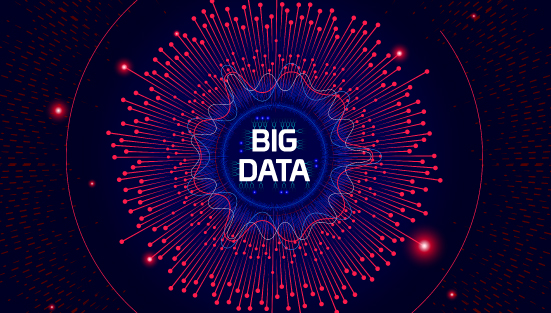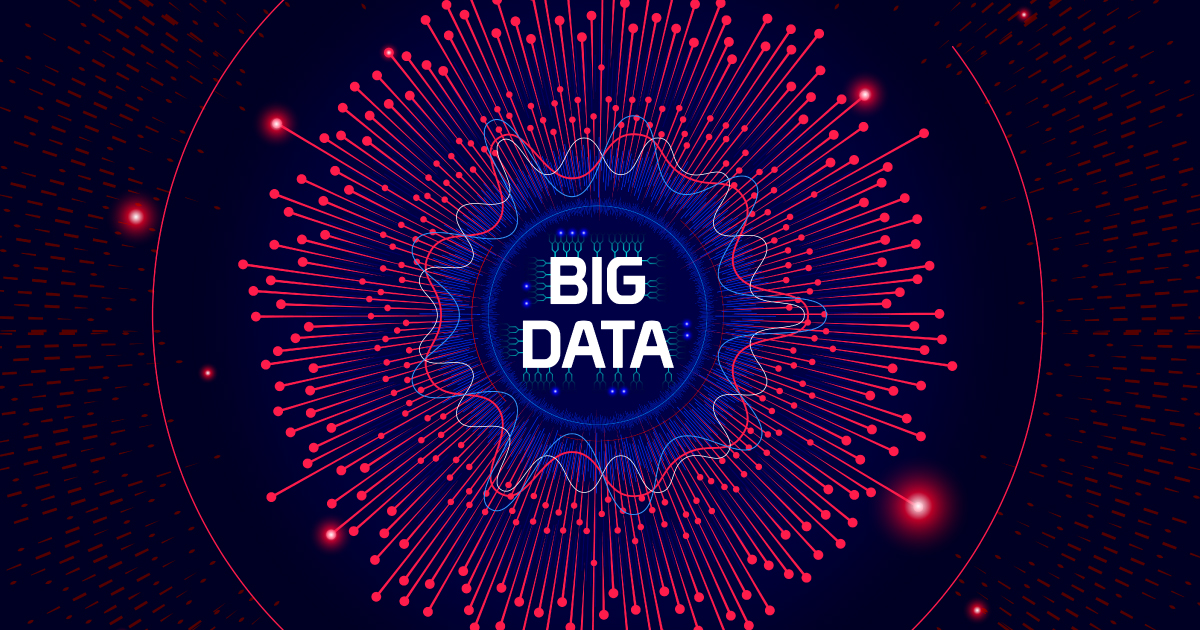The Booming world of Big Data Analytics
- Big Data Analytics
Big data has made it much easier for media and entertainment organisations to deliver relevant content to their audiences by giving them exactly what their customers want to consume. Before big data was available, companies had to connect the dots by acquiring and making sense of consumer data from many sources, including social media, which was a time-consuming and challenging task with no guarantee of accuracy.
Now, what is Big Data exactly? What is the reason behind its huge demand?

Big data is a method of analysing large amounts of data to find information by organising it in the most efficient way possible. As previously said, big data analytics assists firms in gaining insights from today's massive data resources. Organisations and even machines now generate vast volumes of data. Some examples include social media, cloud computing applications, and data from machine sensors. You can look at significant data trends, possibilities, and hazards with big data analytics tools.
Big data has enabled us to understand why users subscribe and vice versa. Now companies can track views, engagement and more in a very impressively short amount of time. Once decluttered and organised, this is million-dollar information to them, thus building a personalised connection that only enhances our experience.
By 2025, the (Big) Data analytics market in India is anticipated to boom, from $2 billion to $16 billion, which will place India among the three leading economies in the world in this field. This will continue to drive the number of analytics jobs to grow enormously year after year. Companies continue to prioritise Python skills, with nearly 36% of posted analytics positions in India requiring an essential skill and another 30% requiring Python, accompanied by SAS, among others. Source: 6th sense Training
Apps Using Big Data
Spotify is one of the industrial applications in which media uses big data to deliver relevant content. The app uses data analytics to examine patterns and anticipate the next big hit. It collects the data of Hundreds of millions of listeners, and they shape today's streaming charts every day. In addition, Spotify uses user profiles, playlists, and other historical data to generate personal and relevant recommendations to other music they would enjoy listening to.
Major awards like the American music Awards base their results on the data collected from streaming music platforms. Music streaming applications can predict the winning artist each year.
Websites like Facebook and YouTube make tailor-make adverts that come directly to you if they have a comprehensive portfolio of data about you. These advertisements are tailored to your preferences, search history, and even your location.
Product Marketing
For example, in marketing data and analytics, the sales potential for each region where clients might replace their existing product is forecasted. Then, to maximise sales profitability, recommendations are given for optimising advertising and price.
Pros of using Big Data Analytics -
Although there are several advantages of Big Data analytics, here are two most prominent ones:
- Risk Assessment and Management
Big Data Analytics provides critical insights into customer behaviour and market trends, allowing companies to assess their position and accordingly advance themselves. They can also use predictive analytics to forecast future conflicts and manage those risks using prescriptive analytics and other sorts of statistical analysis approaches.
- Increases efficiency in operating small businesses
Big data has brought several benefits to small businesses, such as increasing the organisation's efficiency by utilising digital technology solutions. For example, the number of small businesses has risen due to the ease and low cost with which they may operate from home using an app like Instagram.
Types of Big Data
Companies are driving blindly without big data. However, data that has been adequately sorted can assist management in determining the path in which their firm should move to be successful. As a result, big data analytics is a critical component of any successful organisation. As a highly in-demand career, here is some information on the different types of big data analytics to get you started on your data analytics course.
Diagnostic analytics is a sort of data analytics that examines data related to a past event or circumstance to discover why something happened.

Descriptive analytics, approaches like summary statistics and segmentation, are applied. Predictive analytics, the most widely used sort of analytics, aims to estimate the future using statistics, modelling, data mining, and machine learning. Cyber analytics is a new and rapidly growing skill within the business and data analytics industry. To find weaknesses, cyber analysts utilise sophisticated tools and software.
All in all, Data Analytics has brought in a revolutionary change and brings more benefits to every organisation.
Companies can use Big Data better to understand their critical demographic, choices, and comments. In addition, businesses and corporations can use this to predict consumer requirements and assist enterprises in achieving their objectives. This sector is currently worth $189 billion and is expected to grow to $247 billion by 2022.
Are you interested in learning more about Big Data? Learn the fundamentals of Big Data Analytics, visualisation, data analysis, and management in The Big Data Foundation course. Get hands-on experience.


